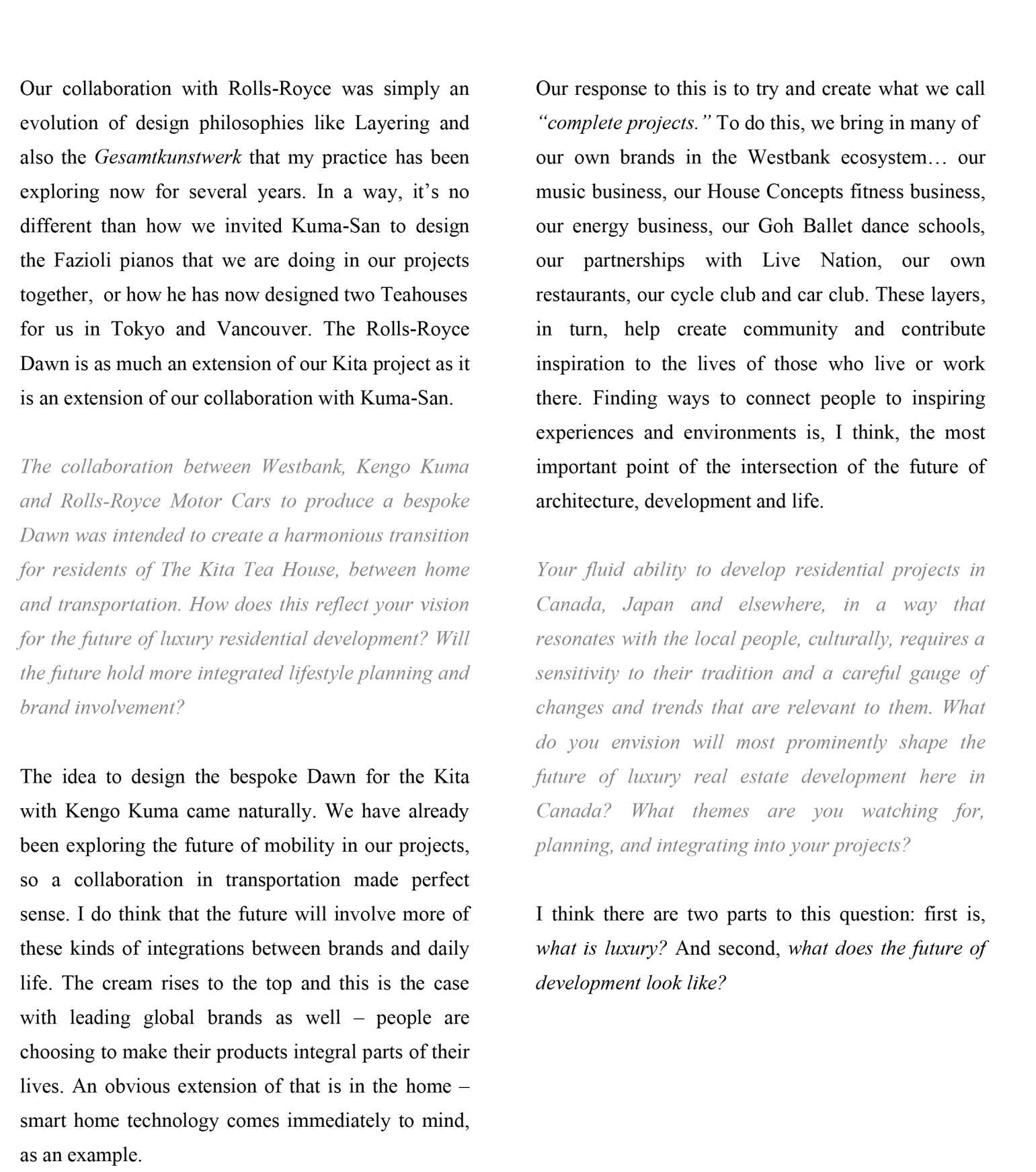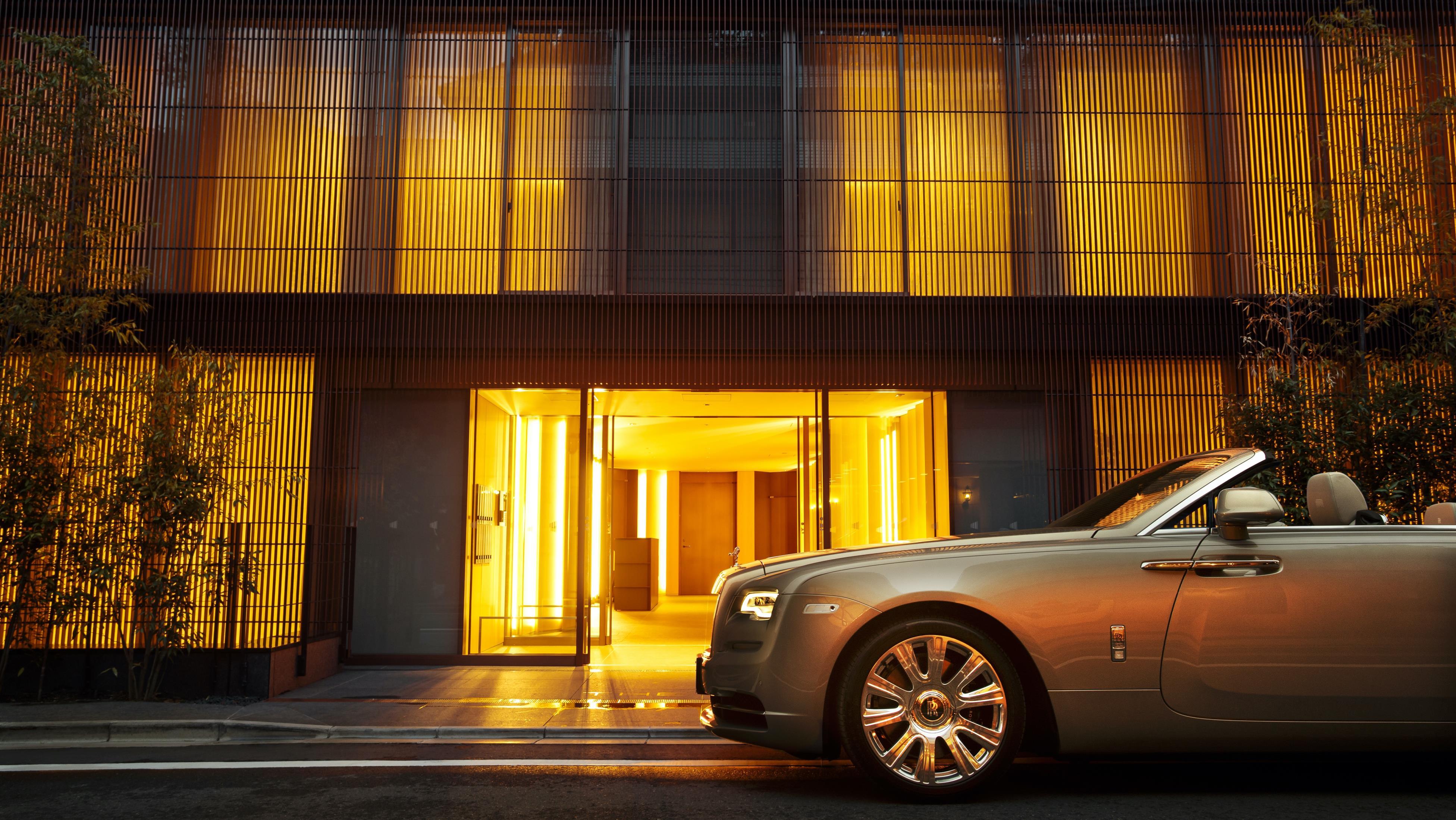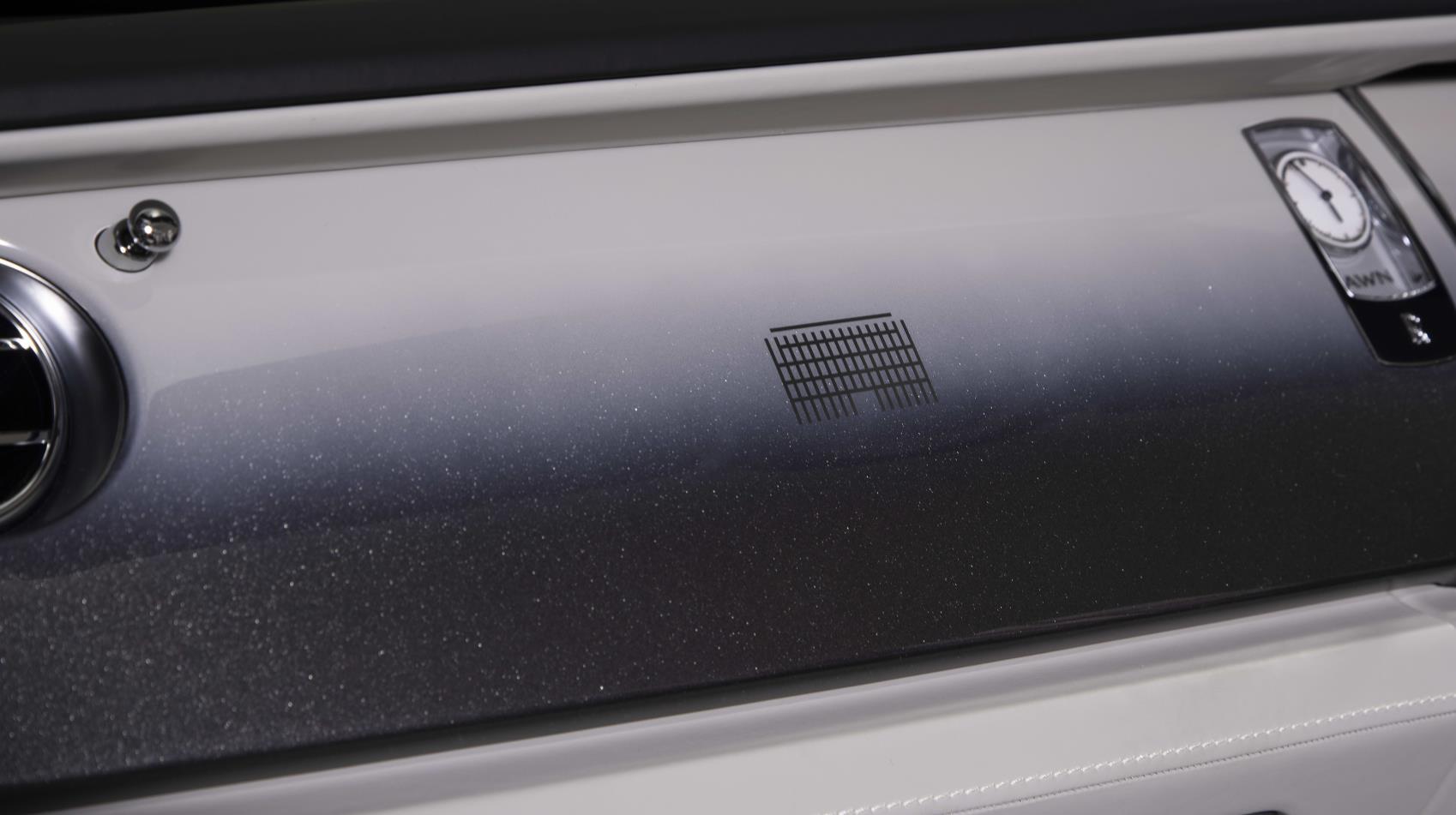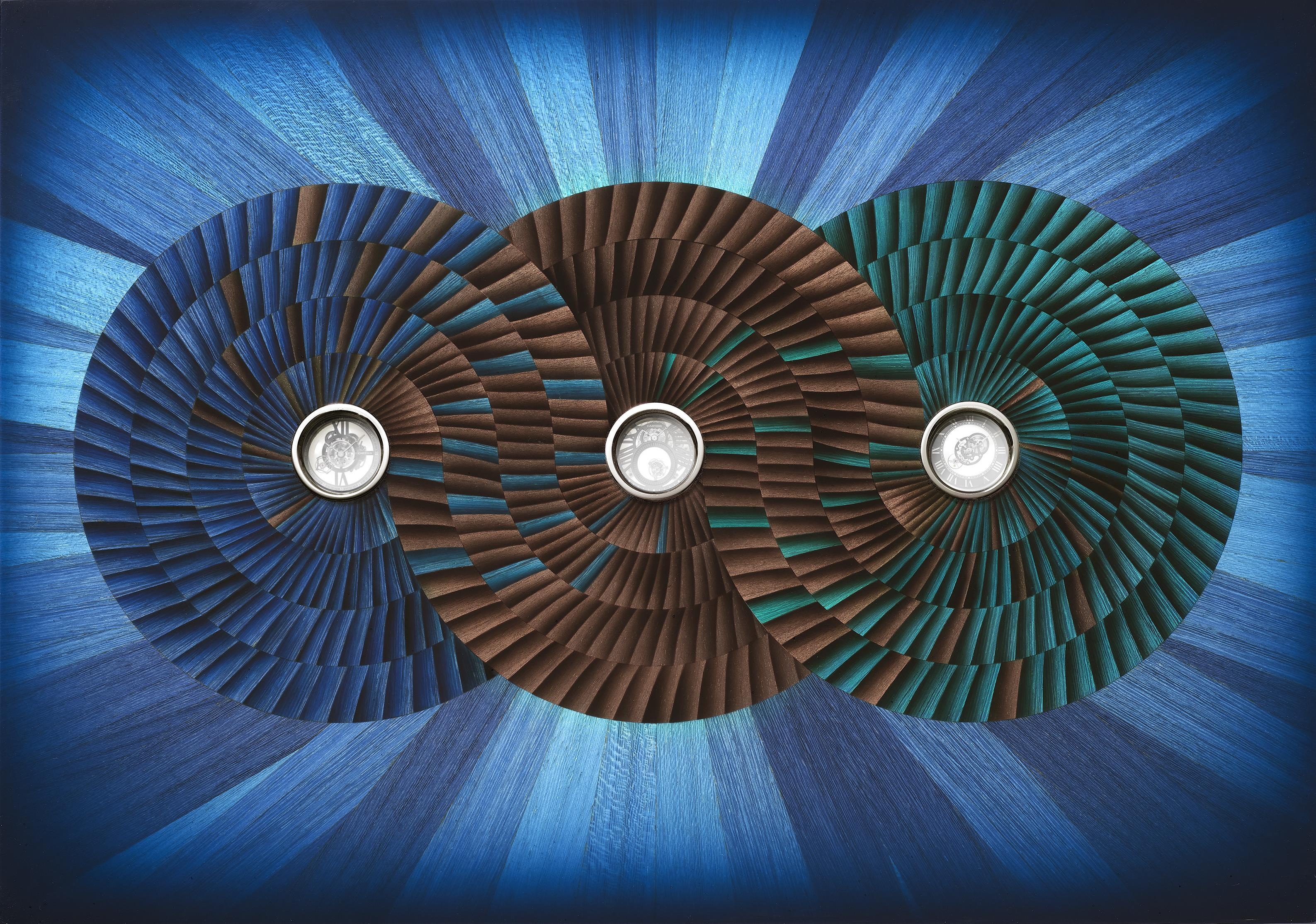
6 minute read
AWAKENING A NEW DAWN: THE FUTURE OF LUXURY, LIFESTYLE AND DESIGN
Awakening A New Dawn
THE FUTURE OF LUXURY, LIFESTYLE AND DESIGN
Advertisement
We talk with leading Canadian real estate developer and visionary, Ian Gillespie, about the philosophy behind his innovative projects, and the inspiration which gave birth to the bespoke, Kengo Kuma designed Rolls-Royce Dawn.

– Ian Gillespie
What happens when real estate development and urban design become tools in the hand of a visionary, guided by personal philosophies about the future of culture and the societies that will craft it? The answer is that buildings become art, and art becomes a way of life for those fortunate enough to inhabit it. Teaming up with renowned Japanese architect Kengo Kuma, Ian Gillespie’s Westbank Corp. has crafted the Kita, a residential development which reflects their philosophy about wholly integrated architectural and lifestyle design. At the pinnacle of the Kita, nestled in the Kitasando neighbourhood of Tokyo, is its penthouse, ‘The Kita Tea House’ – named after its rooftop tea house, with views of the Eternal Forest of the Meiji Shrine. Commissioned for the exclusive use of the penthouse’s residents, a bespoke, Kengo Kuma designed Rolls-Royce Dawn provides a seamless transition between home and transport, incorporating the aesthetics and philosophies of Kengo Kuma’s work in a masterful showcase of Westbank’s guiding Gesamtkunstwerk approach. “This is the first time I have consulted on a project of this kind and I am proud that I was able to do so for Rolls-Royce, a company with which I share a respect for traditional craftsmanship and a desire to bring out the best in natural materials.” shared Kengo Kuma. “Rolls-Royce has brought the essence of ‘The Kita’ into the car’s aesthetic, allowing the owner of ‘The Kita Tea House’ to take in their surrounding city environment. It is a great honour to see the car finally here at home in Tokyo.” Catching up with Ian Gillespie, THE CIRCLE magazine asks the Canadian real estate developer, who has left his fingerprint on cities as diverse as Toronto and Tokyo, about the future of real estate development, luxury and integrated lifestyle design. We inquire about the philosophies that have guided Westbank, which will undoubtedly shape the future landscape of the Canadian luxury lifestyle, and uncover the principles that inspired the bespoke, Kengo Kuma designed Rolls-Royce Dawn.

For your part, what is the philosophy you wanted to encapsulate in The Kita – and by extension its bespoke Dawn – and how did it evolve from your own philosophy and approach to luxury residential development?
The Kita is our first project in Japan with Kengo Kuma and it holds a special significance for us. Kuma-San and I started our first project together in Vancouver on Alberni Street, we now have about half a dozen projects underway around the world. It was Kuma-San who first introduced us to the Japanese design philosophy of Layering, which is at the core of what we were trying to achieve with the Kita. I think the result has been some of the best work we’ve yet done – there is a delicacy and subtlety to it, but there is also so much depth. So many layers came together to create something unique in a city known for having some of the most creative architecture in the world. I hope the people who live there, visit or have the chance to see it, will find it as inspiring.
Our collaboration with Rolls-Royce was simply an evolution of design philosophies like Layering and also the Gesamtkunstwerk that my practice has been exploring now for several years. In a way, it’s no different than how we invited Kuma-San to design the Fazioli pianos that we are doing in our projects together, or how he has now designed two Teahouses for us in Tokyo and Vancouver. The Rolls-Royce Dawn is as much an extension of our Kita project as it is an extension of our collaboration with Kuma-San.
The collaboration between Westbank, Kengo Kuma and Rolls-Royce Motor Cars to produce a bespoke Dawn was intended to create a harmonious transition for residents of The Kita Tea House, between home and transportation. How does this reflect your vision for the future of luxury residential development? Will the future hold more integrated lifestyle planning and brand involvement?

The idea to design the bespoke Dawn for the Kita with Kengo Kuma came naturally. We have already been exploring the future of mobility in our projects, so a collaboration in transportation made perfect sense. I do think that the future will involve more of these kinds of integrations between brands and daily life. The cream rises to the top and this is the case with leading global brands as well – people are choosing to make their products integral parts of their lives. An obvious extension of that is in the home –smart home technology comes immediately to mind, as an example. Our response to this is to try and create what we call “complete projects. ” To do this, we bring in many of our own brands in the Westbank ecosystem… our music business, our House Concepts fitness business, our energy business, our Goh Ballet dance schools, our partnerships with Live Nation, our own restaurants, our cycle club and car club. These layers, in turn, help create community and contribute inspiration to the lives of those who live or work there. Finding ways to connect people to inspiring experiences and environments is, I think, the most important point of the intersection of the future of architecture, development and life.
Your fluid ability to develop residential projects in Canada, Japan and elsewhere, in a way that resonates with the local people, culturally, requires a sensitivity to their tradition and a careful gauge of changes and trends that are relevant to them. What do you envision will most prominently shape the future of luxury real estate development here in Canada? What themes are you watching for, planning, and integrating into your projects?
I think there are two parts to this question: first is, what is luxury? And second, what does the future of development look like?



To answer the first, I think that this question comes at an interesting point in the trajectory of the human experience. Our idea of luxury is being turned on its head as we start to think more about what is of true value. This is not about how many things you end up with, but about how rich your life experiences are and whether you can find meaning or purpose in that. We think of ‘luxury’ as living an inspired life.
Then second, I think the future of all development must start and end with addressing the climate crisis. Everything we are doing from this point on starts with the question: how are we responding to climate change? Everything we build from now on needs to be at minimum net zero carbon if not carbon positive from an operating perspective, and moving towards net zero for total lifecycle. Anything less just isn’t good enough. That’s the future of development and it relates to everything else – a building that is truly sustainable will also contribute to people’s wellbeing, by design. For example, more efficient HVAC systems with fresh air ventilation contribute to your health, as do operable windows, which bring nature indoors and purify the air… so many things that help drive a building’s carbon down to zero are also good for your health. There are so many obvious solutions that we need to be doing and we need to be doing this urgently.









